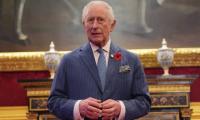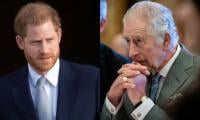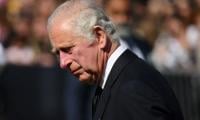ISLAMABAD: The National Economic Transformation Plan unveiled by Prime Minister Shehbaz Sharif this week envisages highly ambitious economic targets, including doubling the GDP growth with the backing of increased investment and reducing poverty by half over a five-year period.
The plan also envisages attracting $29 billion anticipated investment under the supervision of Special Investment Facilitation Council (SIFC) such as $10 billion from the UAE, $5 billion from the Kingdom of Saudi Arabia, $2 billion from Qatar, $2 billion from Azerbaijan and $10 billion from Kuwait.
The plan also envisages a roadmap for implementation till 2029, as the ministries and provinces will prepare their annual targets so sectoral plans will also be implemented.
The quarterly monitoring of key targets would be done through the National Economic Transformation Unit (NETU). Timelines would be envisaged for each sectoral plan and the prime minister would be informed on a quarterly basis.
The GDP growth target has been envisaged at 6 percent of GDP till the Fiscal Year 2028-29 from base line scenario of 2.5 percent in 2023-24; the per capita income in dollar term is projected to go up to $2,405 from $1,680.
Investment will go up to 17 percent of GDP from 13.1 percent, while inflation will be kept into single digit at 6.2 percent and poverty reduced to 12 percent from the existing level of 21.4 percent in five years period.
The plan also envisages the GDP growth touching the mark of $1 trillion by 2035 with the growth rate touching 9.8 percent in the same fiscal year. However, the “Uraan Pakistan” did not illustrate explicitly anything on the exchange rate but sources said it was assumed that the rupee-dollar parity would remain stable.
When asked about the assumption of a stable exchange rate, Minister for Planning Ahsan Iqbal replied that “Uraan Pakistan” would focus on export-led growth, as in the past the growth rate witnessed the boom and bust cycle mainly because of more reliance on import-led growth.
He said all the provinces signed “Uraan Pakistan” document, as it was aimed at making Pakistan Asia’s economic tiger.
Addressing a news conference, Ahsan Iqbal said it was economic terrorism to give a call for barring the overseas Pakistan from sending remittances but they dispatched more remittances in the recent months. He also appealed to expatriates to send more remittances through the official banking channels.
For exports, he said the government would focus on agriculture, industry, IT, service sector, mining and blue economy, and exports could be jacked up to $60 billion. He said imports from China stood at $2.7 trillion while Pakistan’s share stood at just $3 billion, which could be increased to $50 to $100 billion.
The Chinese importers, he stated, offered him during a recent visit that import of $1 billion meat from Pakistan could be ordered but it could result into a price spiral in Pakistan. So, there was a need to jack up exportable surplus to guarantee higher and sustained growth.
On the internet slowdown, the minister said the firewall was installed to combat the challenges of cybersecurity and digital terrorism.
He said the IT exports had achieved 34 percent growth. There are technical hitches but these are not hampering the growth of IT services, he added.















